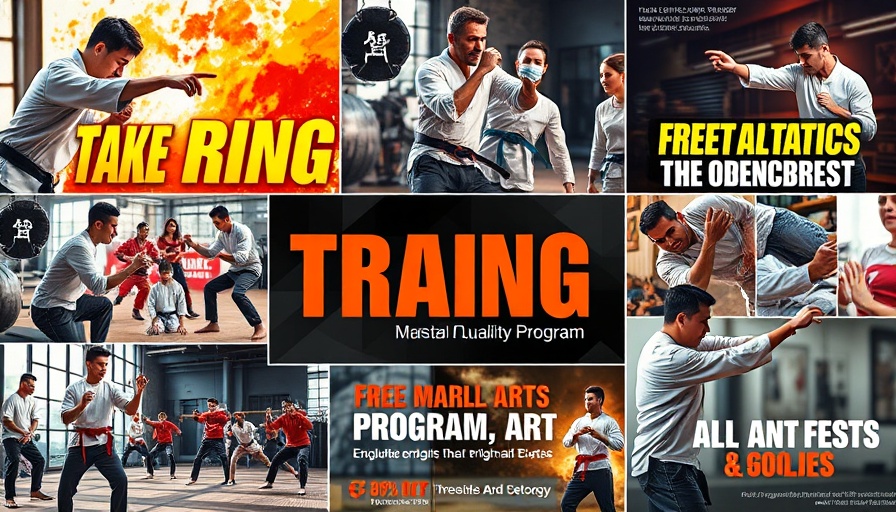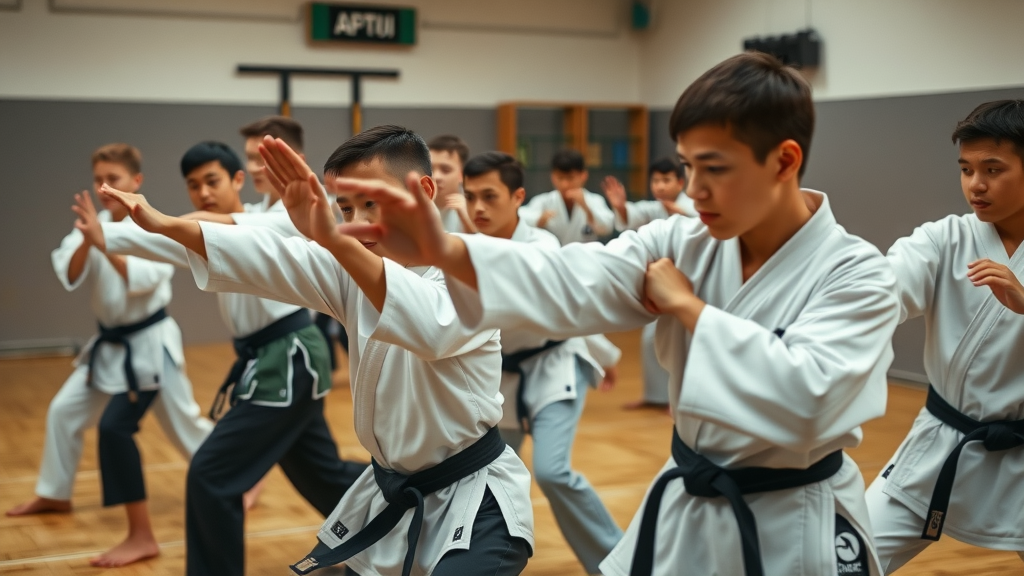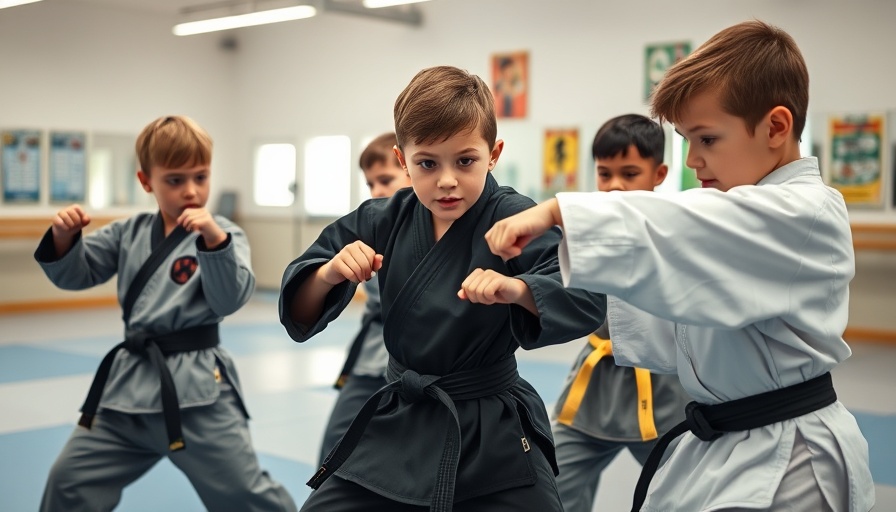
Understanding Compound Exercises: A Key to Functional Strength
Compound exercises are a staple in the training regimens of martial artists. Unlike isolation exercises that target a single muscle group, compound exercises engage multiple muscle groups simultaneously, offering multifaceted benefits. These exercises build functional strength, improve coordination, and enhance overall athleticism—attributes that are crucial for any martial artist. In this article, we will explore various compound exercises that not only boost performance in the dojo but also contribute to overall fitness and athletic ability.
The Benefits of Compound Exercises for Martial Arts
Engaging in compound exercises provides multiple advantages. First, they offer efficiency, enabling practitioners to train multiple muscle groups at once, which saves time while maximizing workout results. Additionally, these exercises can elevate testosterone and growth hormone levels, promoting muscle growth and recovery. They also strengthen bones through osteogenesis, improve neuromuscular coordination necessary for complex movements in martial arts, and burn more calories versus isolation exercises—thus supporting weight management.
Essential Lower Body Exercises for Martial Artists
Building powerful legs is essential for effective striking and stability in martial arts. Here are three key compound exercises:
Squats (Barbell, Dumbbell, or Bodyweight)
Muscles Worked: Quads, hamstrings, glutes, core.
Benefits for Martial Arts: Squats enhance leg strength for powerful kicks, improve hip mobility, and develop stability crucial for various martial arts stances.
Variations: Incorporate goblet squats, Bulgarian split squats, or jump squats to amplify explosiveness.
Deadlifts (Conventional or Romanian)
Muscles Worked: Hamstrings, glutes, lower back, traps, core.
Benefits for Martial Arts: Deadlifts build overall power needed for grappling and enhance grip strength crucial for holds and techniques.
Variations: Try sumo deadlifts or trap bar deadlifts for different muscle engagement.
Lunges (Walking or Stationary)
Muscles Worked: Quads, glutes, hamstrings, calves.
Benefits for Martial Arts: Lunges improve balance and lateral movement, essential for dynamic martial arts footwork.
Variations: Side lunges, reverse lunges, or jumping lunges can also increase versatility and strength.
Upper Body Exercises: Enhancing Coordination and Power
A strong upper body is vital for effective strikes and grappling techniques. Here are some essential exercises:
Push-Ups (Weighted or Explosive)
Muscles Worked: Chest, shoulders, triceps, core.
Benefits for Martial Arts: Push-ups improve punching power and core stability, helping train the muscles used in striking effectively.
Variations: Clap push-ups or Spiderman push-ups can introduce explosive power training.
Pull-Ups/Chin-Ups
Muscles Worked: Lats, biceps, traps, core.
Benefits for Martial Arts: This exercise strengthens grip and upper body pulling power, which are crucial for grappling and clinching maneuvers.
Variations: Adding weight to pull-ups can significantly enhance strength gains.
Overhead Press (Barbell or Dumbbell)
Muscles Worked: Shoulders, triceps, core, upper traps.
Benefits for Martial Arts: Enhancing shoulder stability and strength translates effectively into improved punching power.
Variations: Incorporate push presses for added explosiveness.
Core and Rotational Strength: The Foundation of Martial Arts
A strong core is crucial for overall athletic efficiency. Here are targeted exercises:
Russian Twists with a Medicine Ball
Muscles Worked: Obliques, transverse abdominis, lower back.
Benefits for Martial Arts: They enhance rotational power for strikes and facilitate smoother grappling transitions, key to successful techniques in matches.
Turkish Get-Ups
Muscles Worked: Full body, especially shoulders, core, and hips.
Benefits for Martial Arts: Build shoulder stability and core control—both of which are essential for effective martial arts performance.
Landmine Rotations
Muscles Worked: Obliques, lats, shoulders, core.
Benefits for Martial Arts: They enhance rotational power and control for strikes, contributing to both speed and accuracy.
Explosive Power Training
Explosive movements are vital in martial arts, and the following exercises can help cultivate that power:
Power Cleans
Muscles Worked: Full body, including legs, back, shoulders, and core.
Benefits for Martial Arts: This exercise boosts explosive power and coordination, essential for dynamic movements like kicks and takedowns.
Kettlebell Swings
Muscles Worked: Glutes, hamstrings, lower back, core.
Benefits for Martial Arts: They develop explosive hip power and enhance muscular endurance—important for striking.
Box Jumps
Muscles Worked: Quads, hamstrings, glutes, calves.
Benefits for Martial Arts: These jumps improve explosiveness for jumps and fast transitions, critical for effective martial arts performance.
Putting It All Together: A Balanced Approach to Training
Incorporating these compound exercises into your martial arts training will yield a well-rounded fitness regime, enhancing your strength, power, and coordination. Practical application of these exercises can boost your performance on the mat and in competitions. As you progress, tailor your regimen according to your specific goals—whether that’s increasing explosive power, overall strength, or improving martial arts techniques.
If you’re looking for a structured program that integrates these functional exercises into a challenging workout, explore the Combat Strong course at Global Martial Arts University. It’s designed to equip martial artists with both the strength and endurance needed to excel. Sign up today!
Conclusion: Elevate Your Martial Arts Training
As martial artists, we often find ourselves at a crossroads between technique and physicality. By prioritizing functional strength through compound exercises, we can enhance our martial skills and excel in our training. Let’s adopt a holistic approach to our workouts, ensuring we are both efficient and effective in our training strategies.
 Add Row
Add Row  Add
Add 








Write A Comment